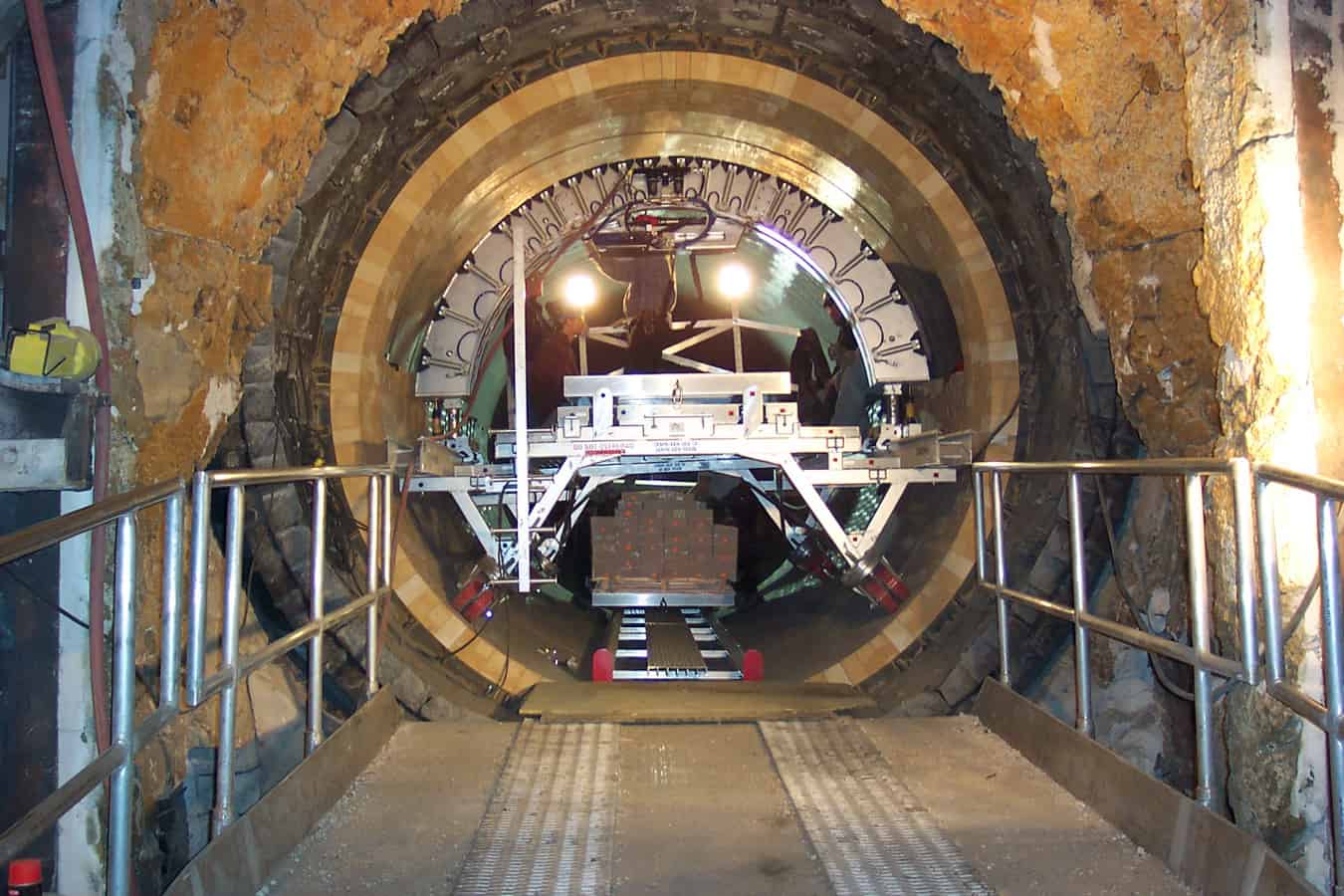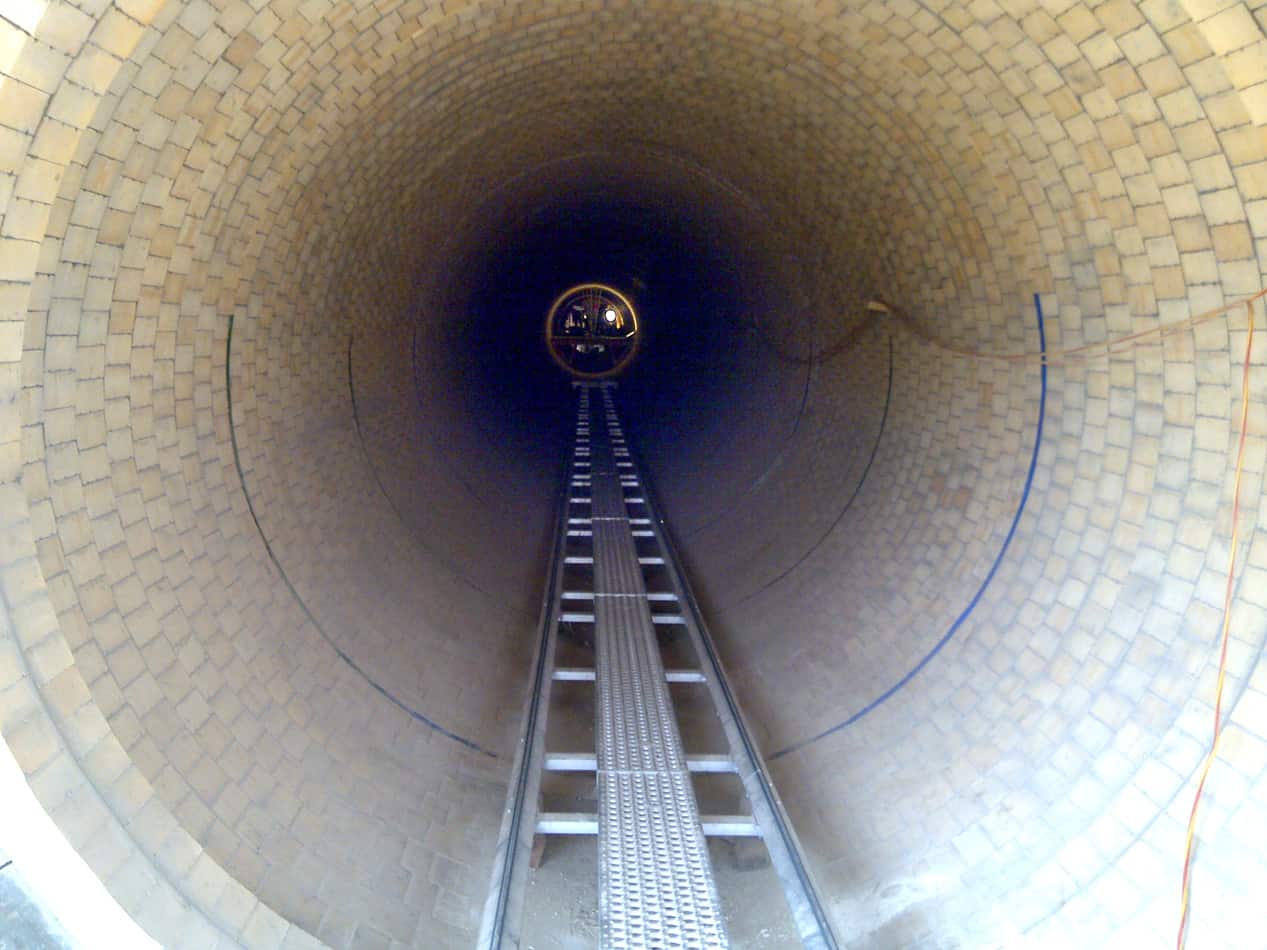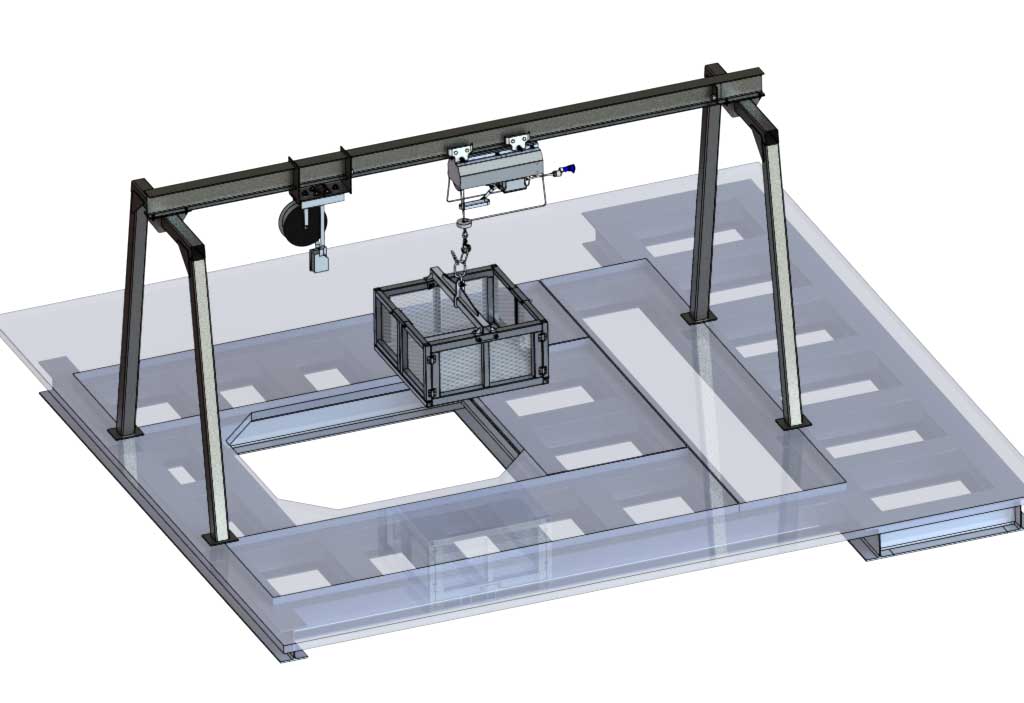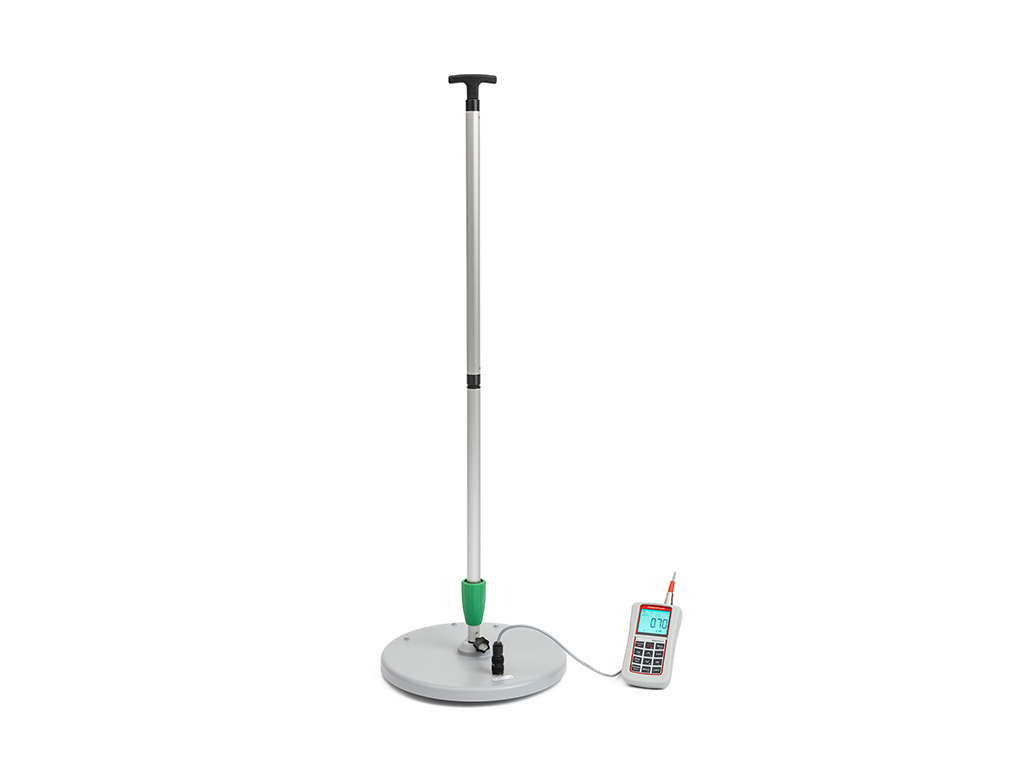Bricking Solutions, a full solution provider of refractory installation equipment, offers its Port-A-Trac refractory pallet transport system for increased efficiency and safety during refractory installation applications. The Port-A-Trac offers customizable lengths and allows installation crews to transport full pallets of brick into the kiln and under the Bricking Machine easily and with minimal risk to workers, kiln or materials. The system increases material transport efficiency by more than 20%.
“Refractory maintenance and repair is something that takes time; our products are designed to make it quicker and safer,” said Heather Harding, Bricking Solutions managing director.
“We started with the Bricking Machine. Then we looked for other areas we could increase productivity. In smaller kilns, where maintenance has traditionally relied on a lot of back-breaking work because fork lifts can’t operate in the limited space, the Port-A-Trac revolutionizes brick transportation and allows crews to maximize their efficiency.”
Bricking Solutions manufactures the Port-A-Trac using high-strength 6061-T6 aluminum, featuring the same strength as steel at one third of the weight. This combination allows the safe transportation of a full 1,814-kilogram (4,000-pound) pallet of bricks without damaging the kiln surface. It is ideal for use in small kilns where forklift access is prohibited and other options, such as manually transporting materials, are physically strenuous and inefficient.
With winch speeds of approximately 2.5 meters per minute (8 feet per minute), crews using a Port-A-Trac can move an entire pallet of bricks up the kiln in minutes with minimal effort — a process that takes up to an hour and half and a crew of five with a roller conveyor. The Port-A-Trac transfer cart is 1.12 by 1.1 meter (44.25 inches by 43.5 inches) and weighs 48 kilograms (105 pounds) and is easily maneuverable in the tight space of smaller kilns. Each Port-A-Trac comes with two carts. They can be loaded together and pulled with the winch or operated separately, allowing crews to reload one cart on the burn floor while the bedding crew takes brick from the other to increase efficiency. For increased worker safety, an electric power winch is mounted on the platform to assist with cart movement and serves as a break if transportation is interrupted.
The length of the Port-A-Trac conveyor system is also customizable; the standard package includes 11 meters (35 feet) of trac in five sections, but any length can be assembled with a combination of 1.5-meter and 3-meter (5- and 10-foot) sections. Sections are lightweight, with the 1.5-meter weighing 27 kilograms (60 pounds) and the 3-meter weighing 50 kilograms (110 pounds). The system can be easily assembled and manually moved up-kiln as brick work progresses. This minimizes the risk to the kiln surface associated with the use of machinery, such as forklifts and compact track loaders.
In addition to increased productivity, transporting refractory bricks in a pallet, rather than individually as commonly done in manual methods, prevents damage to materials.
“The Port-A-Trac integrates with our wide-breadth of products to greatly increase efficiency and safety,” Harding said. “From start to finish, we offer full-service, customizable solutions to help keep things moving when it comes to refractory maintenance.”

















